Creating a sepia filter with python
Introduction
Last week I wanted to emulate the css effects in python on images. The filter that caught my attention was the sepia filter. I write this because I couldn't find much information about the topic on the web.
Basics
A quick search on your favourite search engine leads to this page where as mentioned in stackoverflow ([^1]) what you have to do is:
outputRed = (inputRed * .393) + (inputGreen *.769) + (inputBlue * .189)
outputGreen = (inputRed * .349) + (inputGreen *.686) + (inputBlue * .168)
outputBlue = (inputRed * .272) + (inputGreen *.534) + (inputBlue * .131)
The result is (Image by Andrea Ranalleta on Unsplash):
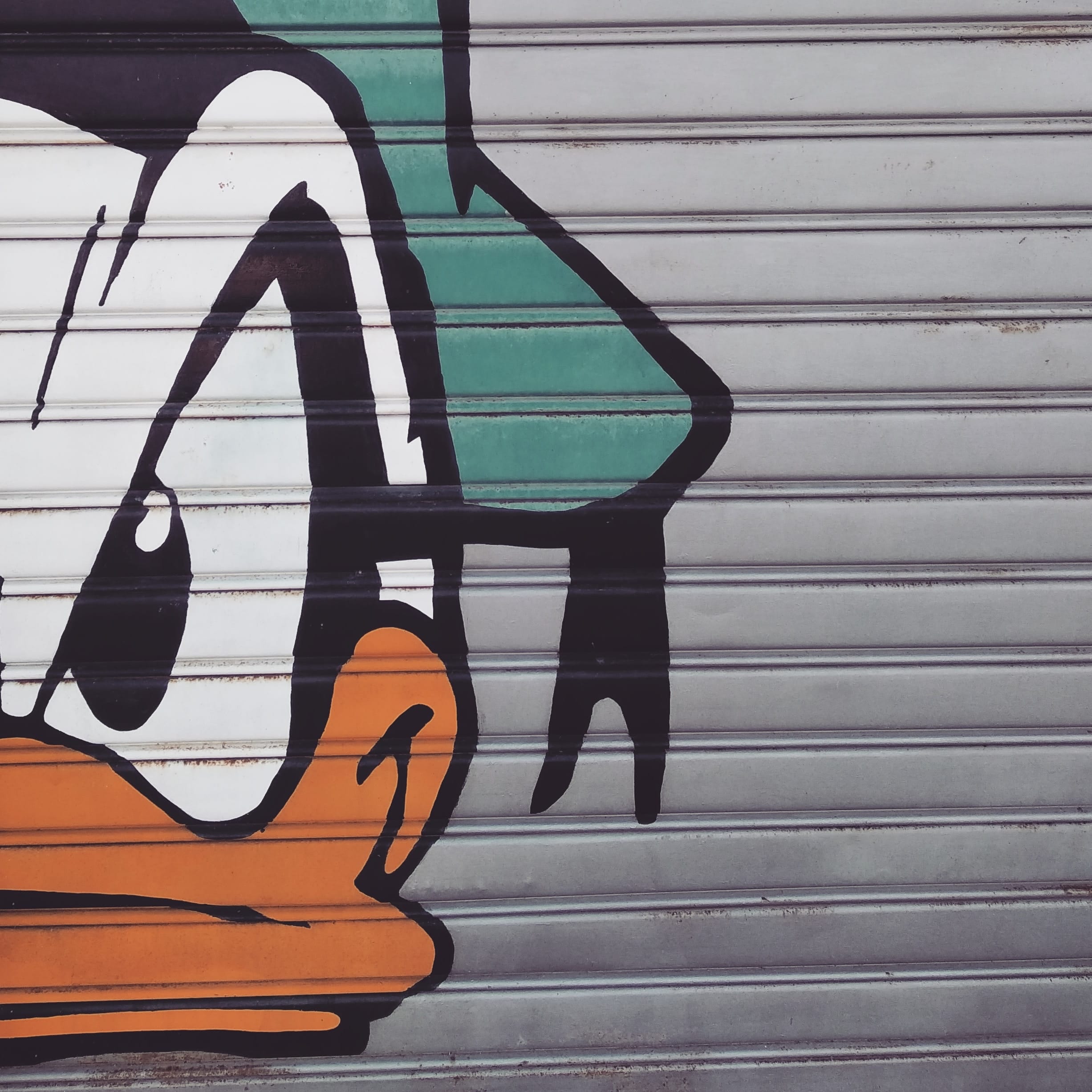
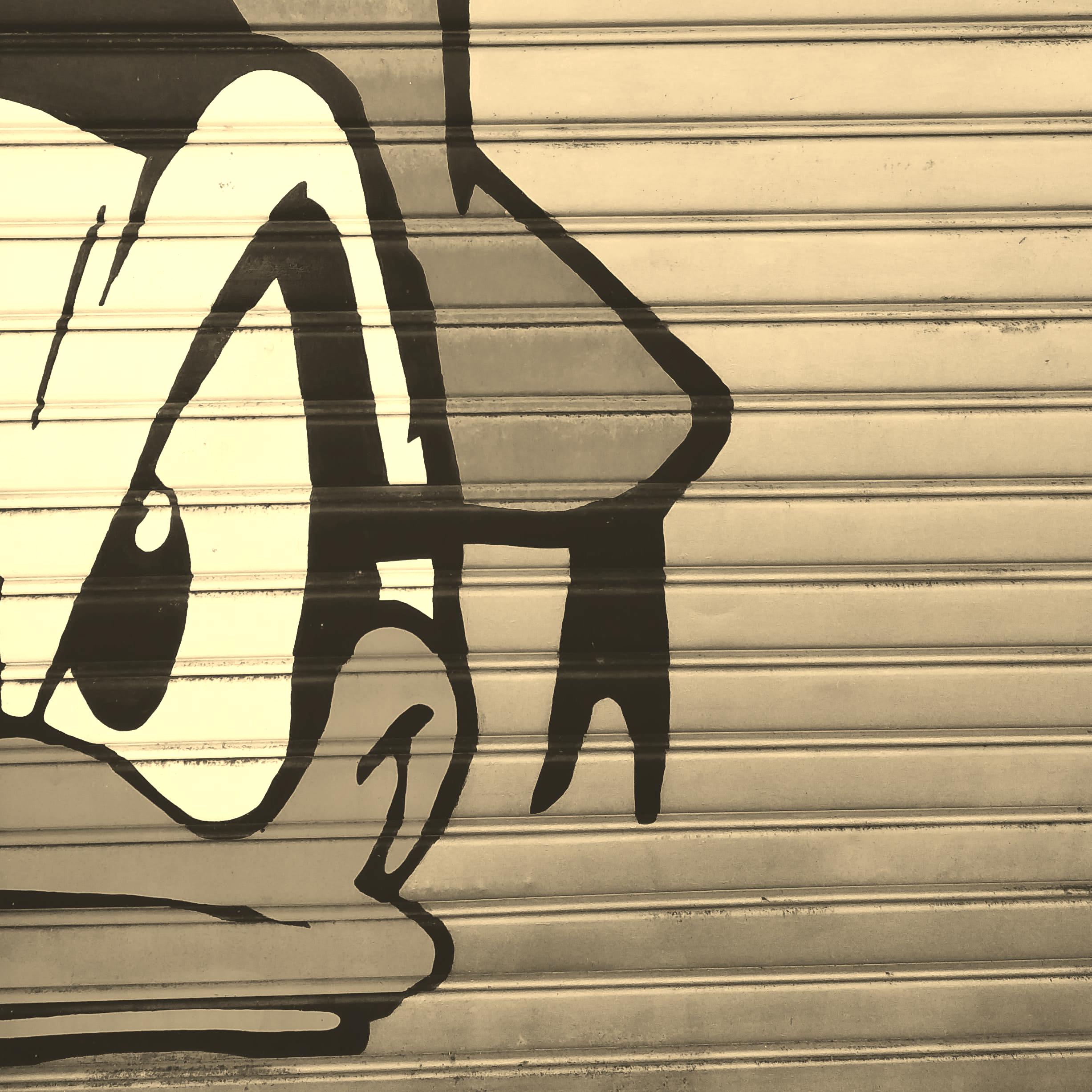
Coding this on python
With this information what you have to do is to ignore the alpha layer and for each pixel calculate a bunch of numbers.
You can use Pillow for this and then on your program:
from PIL import Image
def sepia(image_path:str)->Image:
img = Image.open(image_path)
width, height = img.size
pixels = img.load() # create the pixel map
for py in range(height):
for px in range(width):
r, g, b = img.getpixel((px, py))
tr = int(0.393 * r + 0.769 * g + 0.189 * b)
tg = int(0.349 * r + 0.686 * g + 0.168 * b)
tb = int(0.272 * r + 0.534 * g + 0.131 * b)
if tr > 255:
tr = 255
if tg > 255:
tg = 255
if tb > 255:
tb = 255
pixels[px, py] = (tr,tg,tb)
return img
Here I'm assuming that the image is a jpeg, but in case of a png is
similar but taking care of the alpha layer. This is easy, but very slow, so ... how can this be faster?
My next search was for applying filters to images and I discovered cv2. Scrolling fast the docs I wrote this:
import cv2
import numpy as np
from PIL import Image
def sepia_cv(image_path:str)->Image:
"""
Optimization on the sepia filter using cv2
"""
image = Image.open(image_path)
# Load the image as an array so cv knows how to work with it
img = np.array(image)
# Apply a transformation where we multiply each pixel rgb
# with the matrix for the sepia
filt = cv2.transform( img, np.matrix([[ 0.393, 0.769, 0.189],
[ 0.349, 0.686, 0.168],
[ 0.272, 0.534, 0.131]
]) )
# Check wich entries have a value greather than 255 and set it to 255
filt[np.where(filt>255)] = 255
# Create an image from the array
return Image.fromarray(filt)
What is happening here is that the previous sums and products are no
more than a linear transformation between subspaces of the reals,
so we can represent this as a matrix. But loading cv2 and numpy
for this is too much so let's just use numpy.
def sepia_np(image_path:str)->Image:
"""
Optimization on the sepia filter using numpy
"""
image = Image.open(image_path)
# Load the image as an array so cv knows how to work with it
img = np.array(image)
# Apply a transformation where we multiply each pixel
# rgb with the matrix transformation for the sepia
lmap = np.matrix([[ 0.393, 0.769, 0.189],
[ 0.349, 0.686, 0.168],
[ 0.272, 0.534, 0.131]
])
filt = np.array([x * lmap.T for x in img] )
# Check wich entries have a value greather than 255 and set it to 255
filt[np.where(filt>255)] = 255
# Create an image from the array
return Image.fromarray(filt.astype('uint8'))
In this solution take care of ([^2])
Improving the filter
In CSS you can apply an scale to the filter. After searching a lot I
found this
link where
it specifies how to apply the filter using this scale. The thing is
that aside the linear map, you are using a movement. The
transformation matrix is:
matrix = [[ 0.393 + 0.607 * (1 - k), 0.769 - 0.769 * (1 - k), 0.189 - 0.189 * (1 - k)],
[ 0.349 - 0.349 * (1 - k), 0.686 + 0.314 * (1 - k), 0.168 - 0.168 * (1 - k)],
[ 0.272 - 0.349 * (1 - k), 0.534 - 0.534* (1 - k), 0.131 + 0.869 * (1 - k)]]
where k is the interval [0,1].
Here are some examples:
- Sepia with amount = 0 (original image)
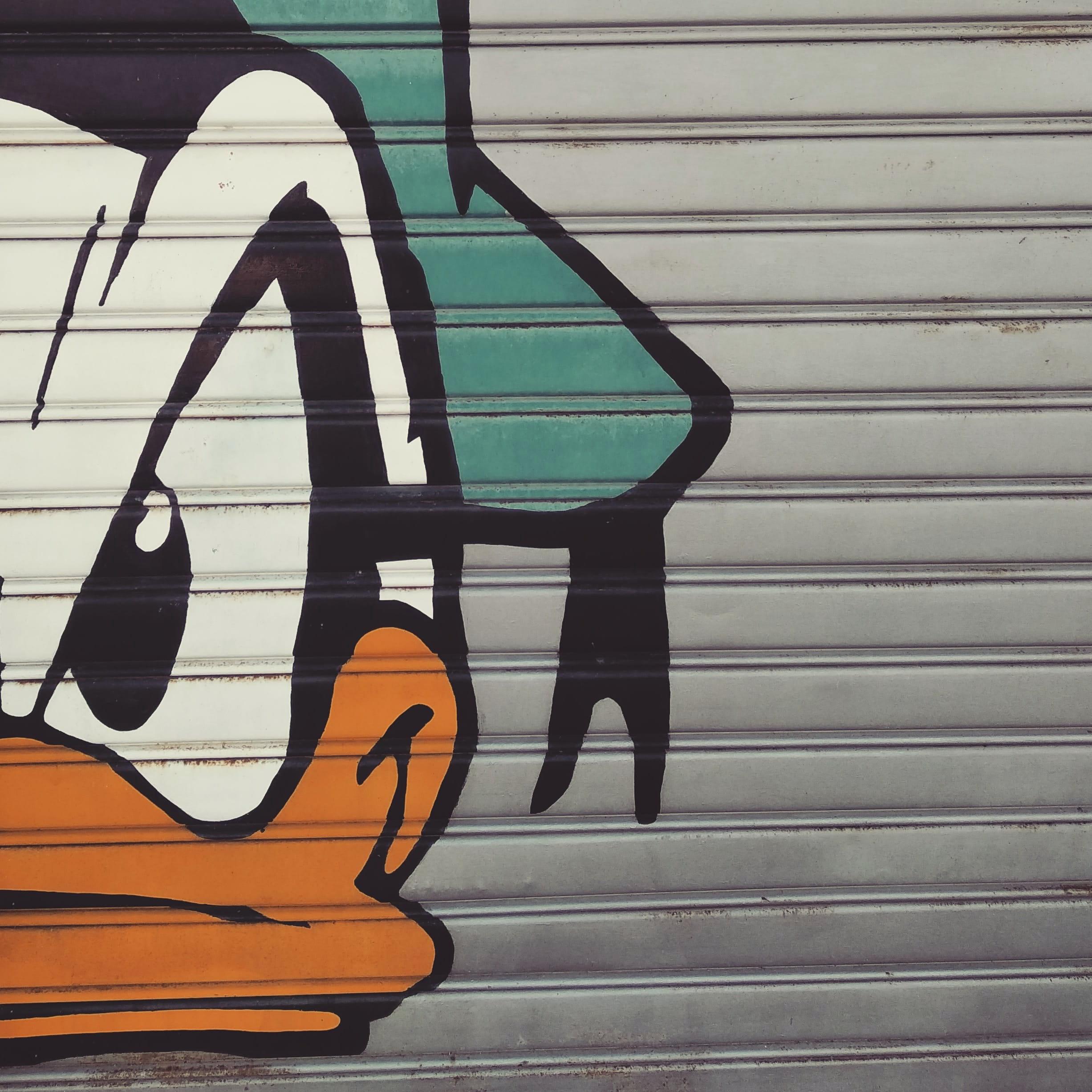
- Sepia with amount = 0.3
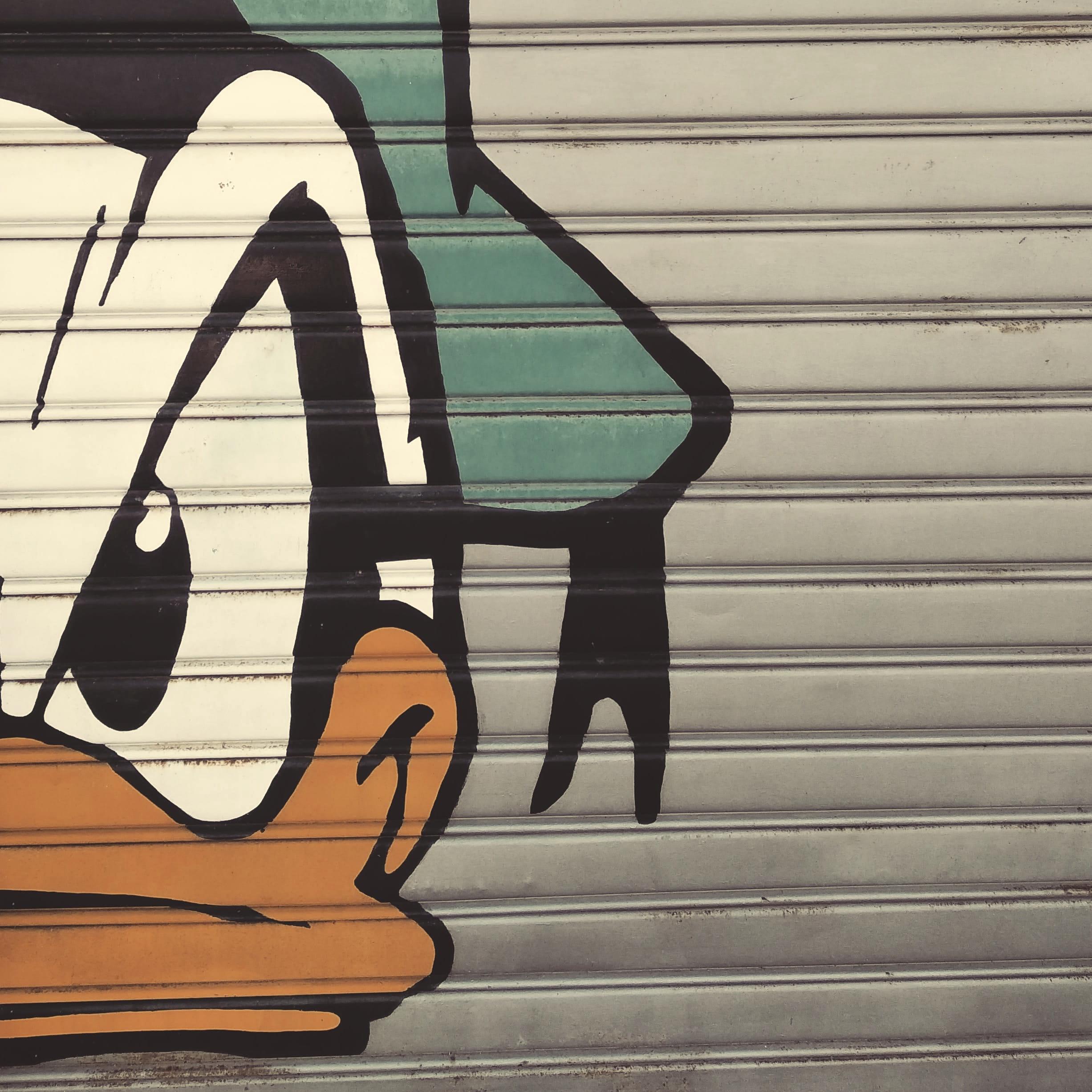
- Sepia with amount = 0.7
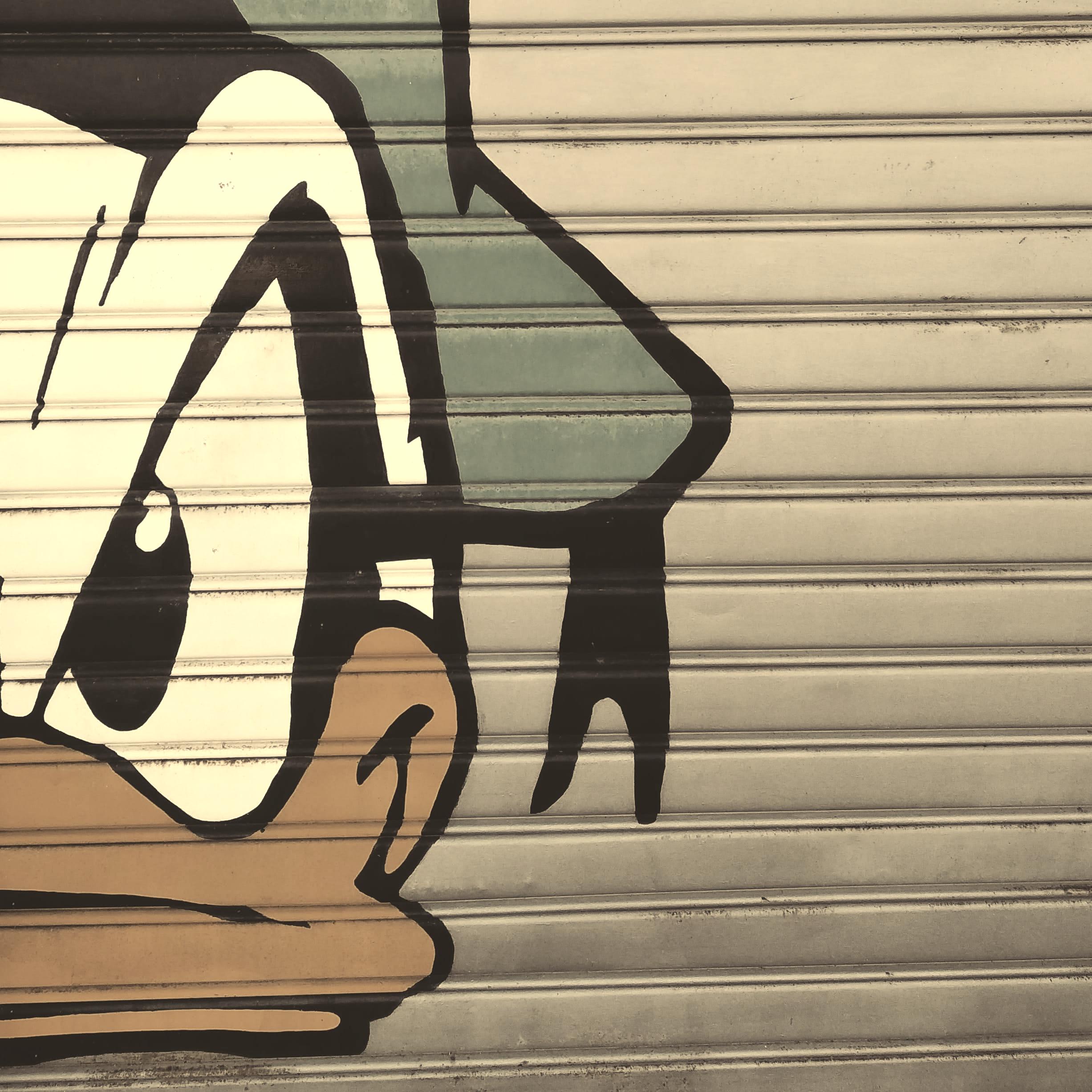
- Sepia with amount = 1 (the same filter we created initally)
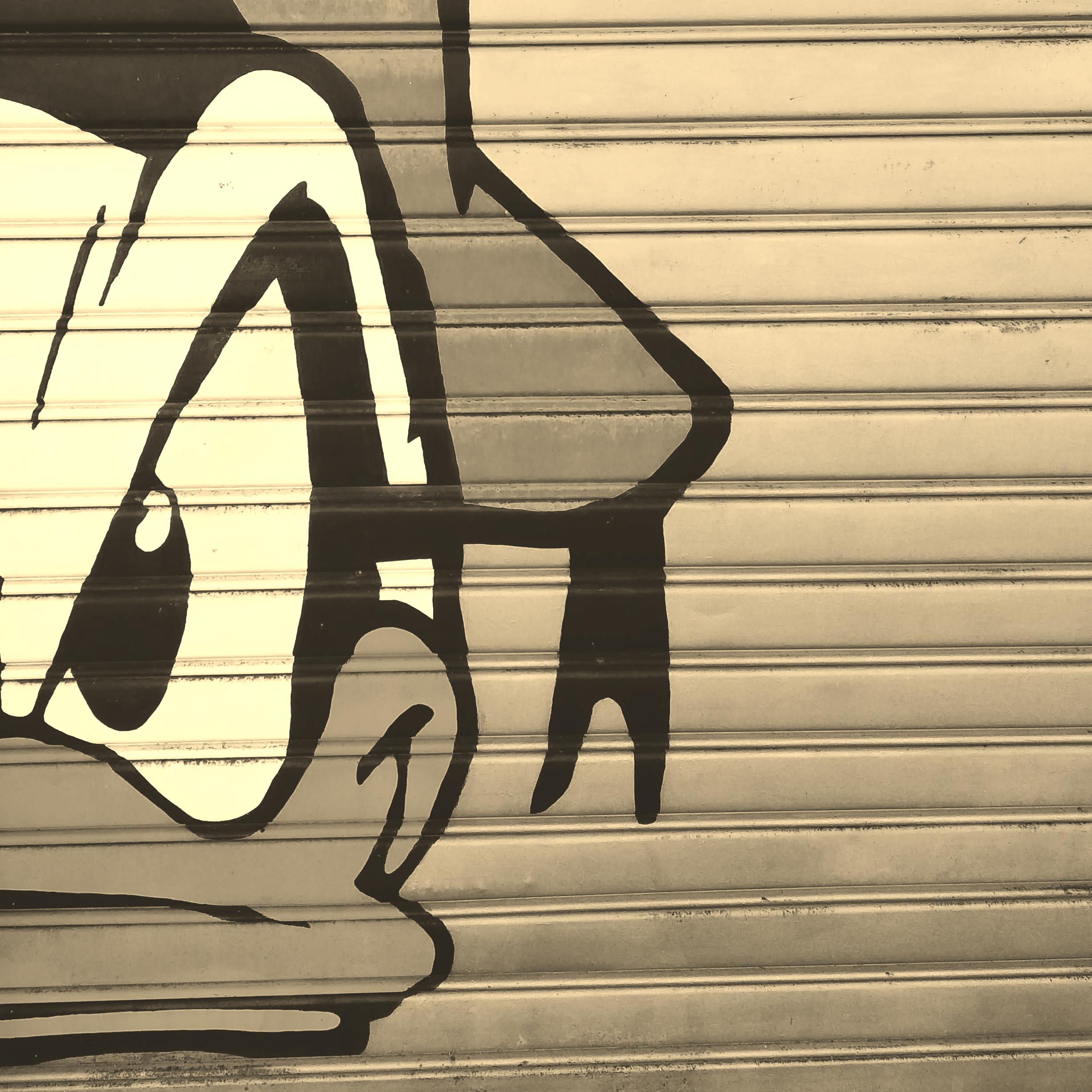
Measuring times
Calling python -m cProfile test.py (cProfile) with my Pentium G3258 on the image used in this post (2453x2453 pixels):
ncalls tottime percall cumtime percall filename:lineno(function)
1 0.007 0.007 0.293 0.293 test.py:34(sepia_cv)
1 0.033 0.033 0.499 0.499 test.py:56(sepia_np)
1 7.857 7.857 16.634 16.634 test.py:7(sepia)
This times don't count the time importing the modules used.
- [^1]: How is a sepia tone created?
- [^2]: Why we need uint8